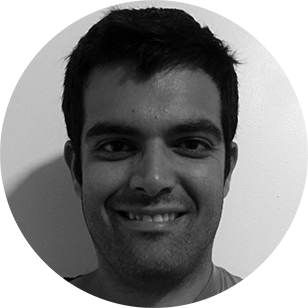Why worrisome coronavirus mutations may soon hit their limit

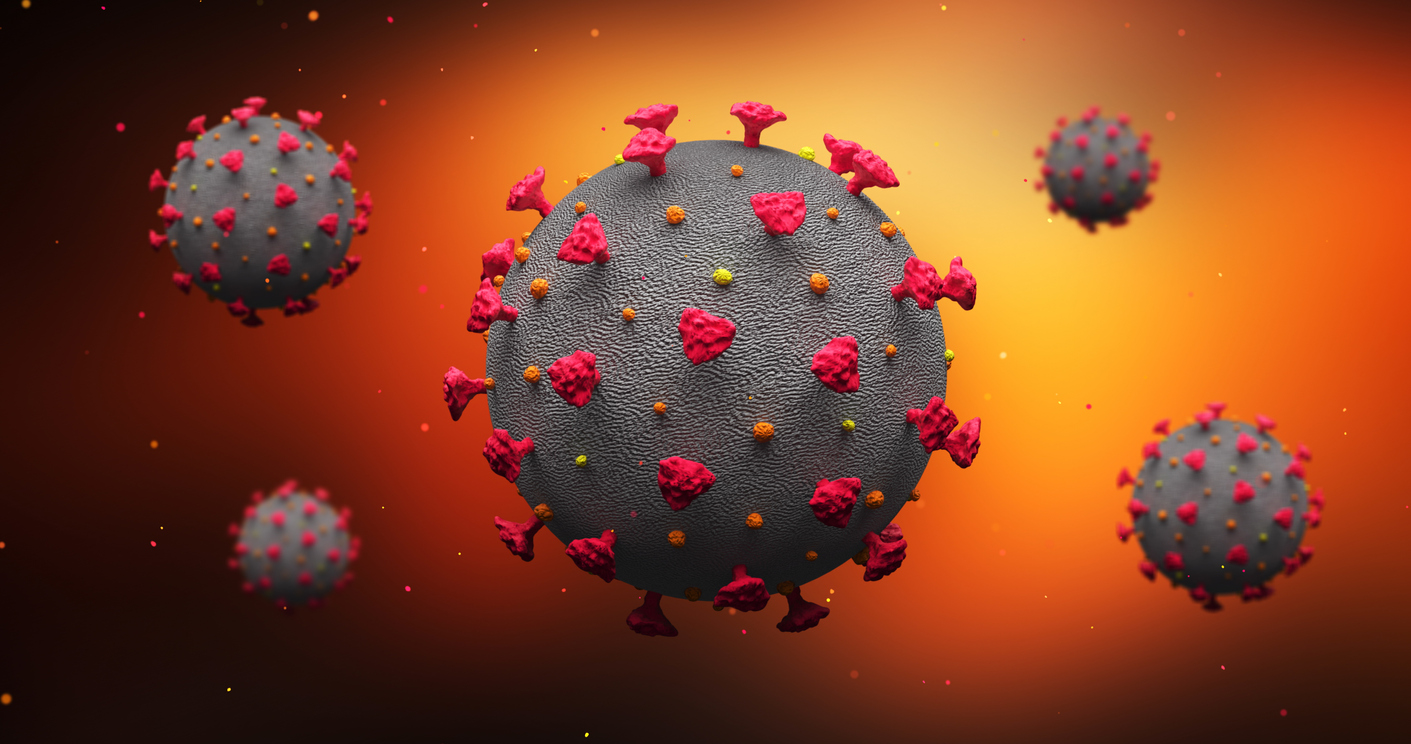
The novel coronavirus that sparked the ongoing COVID-19 pandemic will continue to evolve over time, but it may be running out of the type of worrisome tricks seen in mutations first sequenced in the United Kingdom, Brazil, and South Africa, Dr. Dhruv Khullar writes in The New Yorker.
All three variants are troubling because of a change to the "spike" protein that allows the virus to latch on to humans' ACE-2 receptor and enter human cells more easily, making it more transmissible. And the Brazilian and South African variants carry an additional mutation which diminishes the ability of antibodies to bind to and neutralize the virus, possibly rendering previous infection and vaccines less effective, Khullar writes. There is good news, though — at least in the eyes of Jason McLellan, a structural biologist at the University of Texas at Austin, who believes such mutations may be few and far between going forward.
"There's just not a lot of space for the spike to continue to change in ways that allow it to evade antibodies but still bind to its receptor," McLellan told Khullar. "Substitutions that allow the virus to resist antibodies will probably also decrease its affinity for ACE-2," he continued, adding that because the variants "have independently hit on the same mutations" it's likely "we're already seeing the limits of where the virus can go."
The Week
Escape your echo chamber. Get the facts behind the news, plus analysis from multiple perspectives.

Sign up for The Week's Free Newsletters
From our morning news briefing to a weekly Good News Newsletter, get the best of The Week delivered directly to your inbox.
From our morning news briefing to a weekly Good News Newsletter, get the best of The Week delivered directly to your inbox.
McLellan expanded on his fairly hopeful outlook, telling Khullar that the virus will indeed keep mutating, but likely into a less lethal version. "This is what we think happened to viruses that cause the common cold," he said. "It probably caused a major illness in the past. Then it evolved to a place where it's less deadly." Read more at The New Yorker.
A free daily email with the biggest news stories of the day – and the best features from TheWeek.com
Tim is a staff writer at The Week and has contributed to Bedford and Bowery and The New York Transatlantic. He is a graduate of Occidental College and NYU's journalism school. Tim enjoys writing about baseball, Europe, and extinct megafauna. He lives in New York City.
-
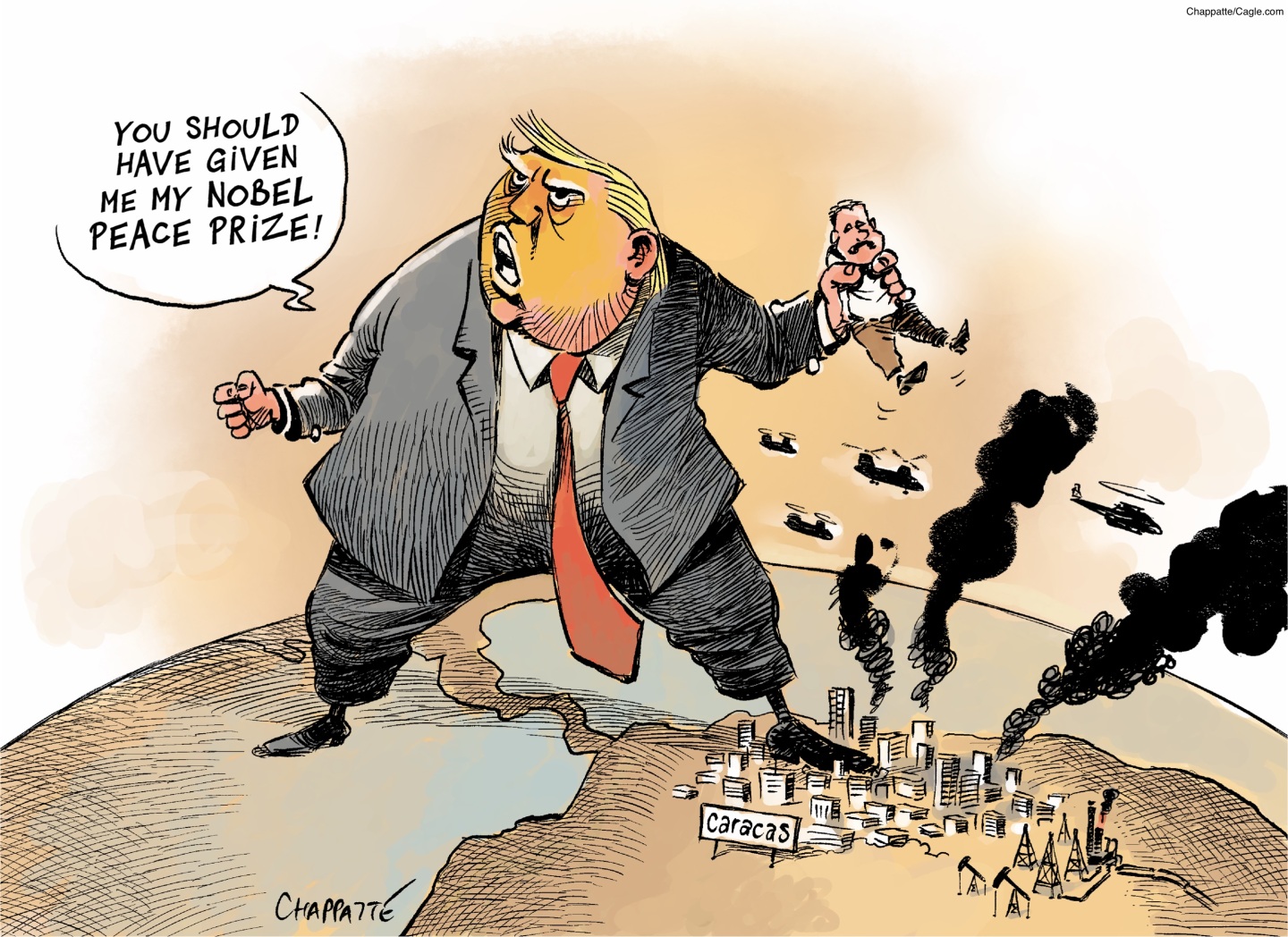 5 hilariously slippery cartoons about Trump’s grab for Venezuelan oil
5 hilariously slippery cartoons about Trump’s grab for Venezuelan oilCartoons Artists take on a big threat, the FIFA Peace Prize, and more
-
 A running list of everything Trump has named or renamed after himself
A running list of everything Trump has named or renamed after himselfIn Depth The Kennedy Center is the latest thing to be slapped with Trump’s name
-
 Do oil companies really want to invest in Venezuela?
Do oil companies really want to invest in Venezuela?Today’s Big Question Trump claims control over crude reserves, but challenges loom
-
 Trump HHS slashes advised child vaccinations
Trump HHS slashes advised child vaccinationsSpeed Read In a widely condemned move, the CDC will now recommend that children get vaccinated against 11 communicable diseases, not 17
-
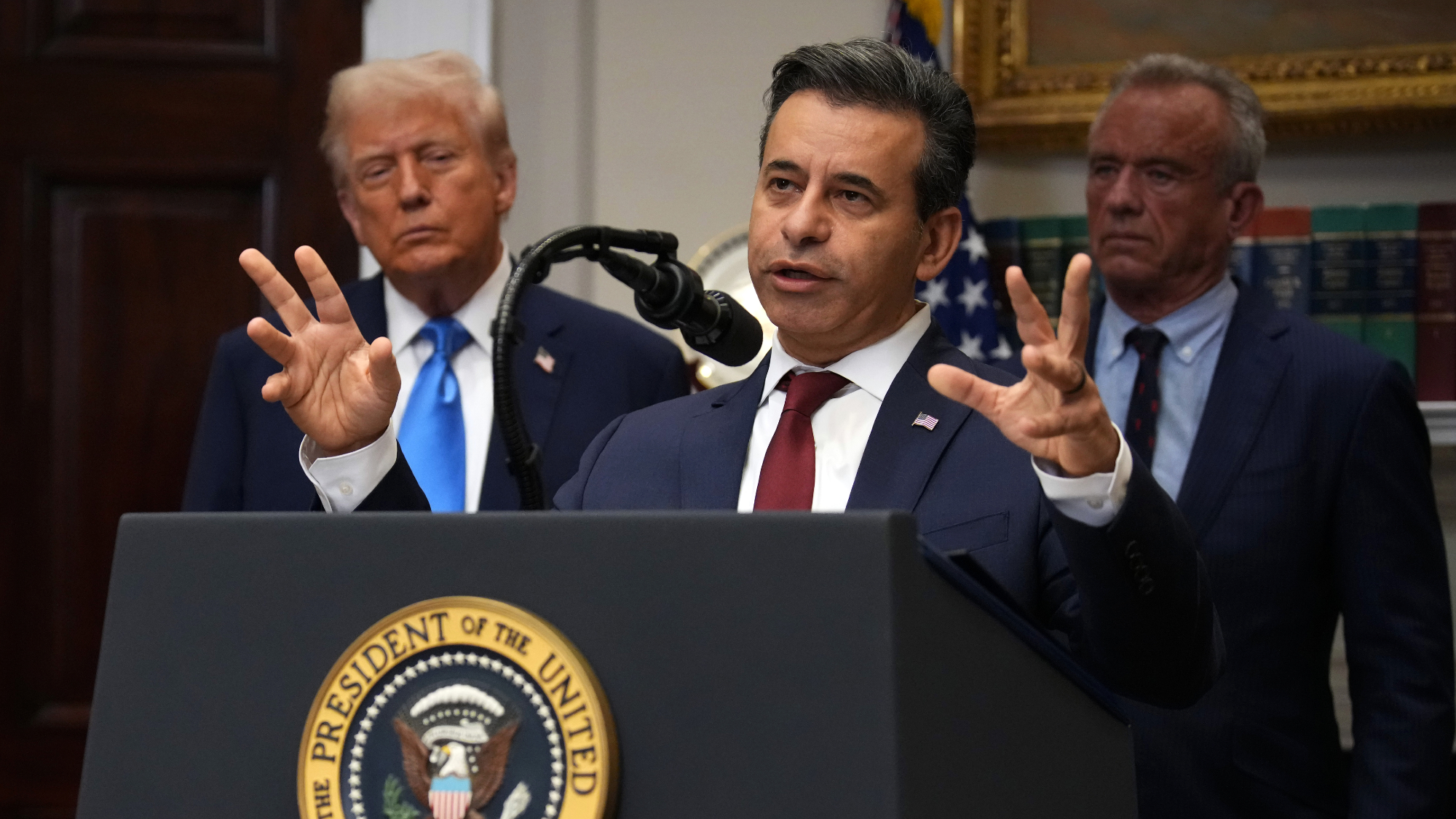 FDA OKs generic abortion pill, riling the right
FDA OKs generic abortion pill, riling the rightSpeed Read The drug in question is a generic version of mifepristone, used to carry out two-thirds of US abortions
-
 RFK Jr. vaccine panel advises restricting MMRV shot
RFK Jr. vaccine panel advises restricting MMRV shotSpeed Read The committee voted to restrict access to a childhood vaccine against chickenpox
-
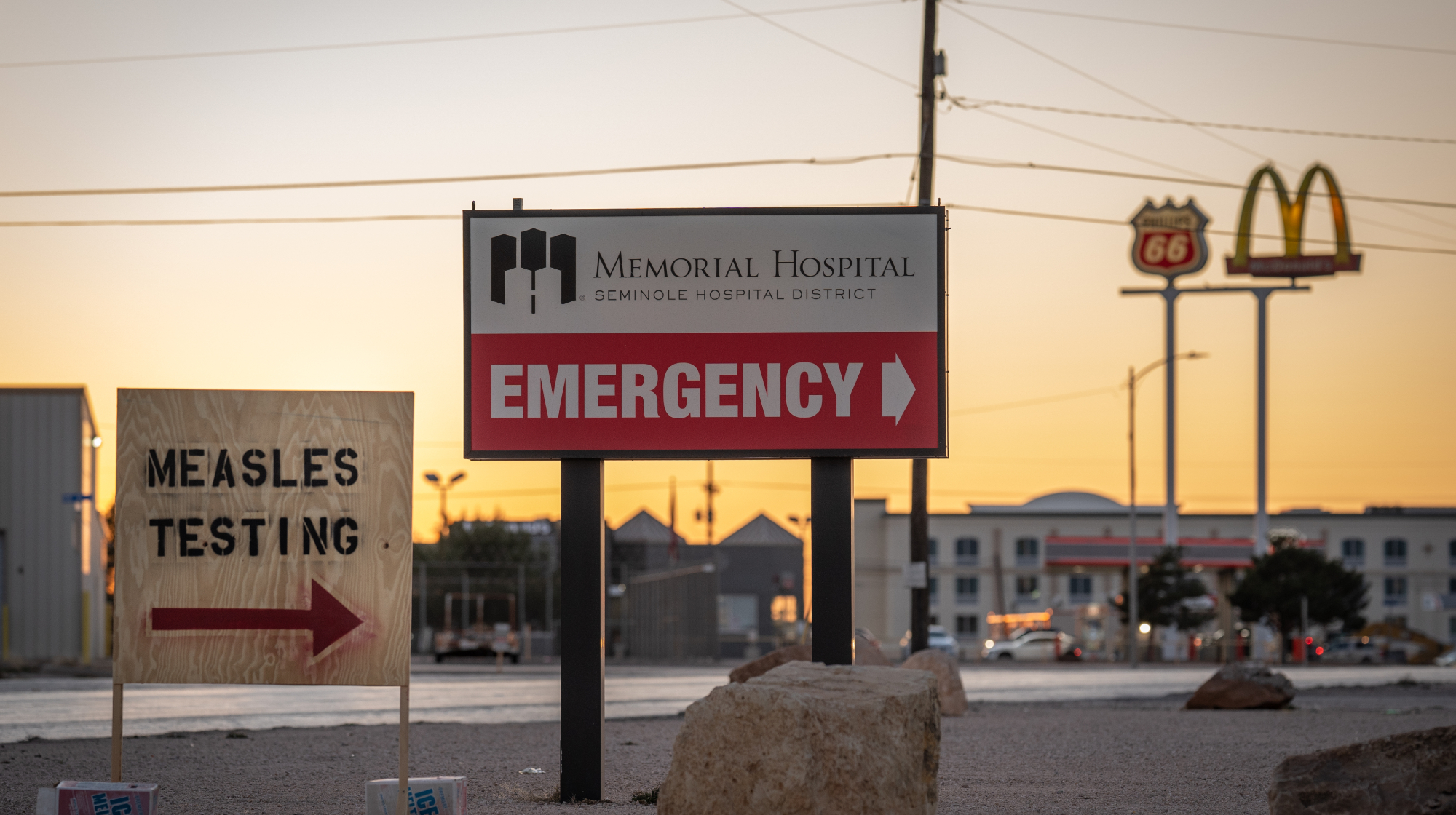 Texas declares end to measles outbreak
Texas declares end to measles outbreakSpeed Read The vaccine-preventable disease is still spreading in neighboring states, Mexico and Canada
-
 RFK Jr. shuts down mRNA vaccine funding at agency
RFK Jr. shuts down mRNA vaccine funding at agencySpeed Read The decision canceled or modified 22 projects, primarily for work on vaccines and therapeutics for respiratory viruses
-
 Measles cases surge to 33-year high
Measles cases surge to 33-year highSpeed Read The infection was declared eliminated from the US in 2000 but has seen a resurgence amid vaccine hesitancy
-
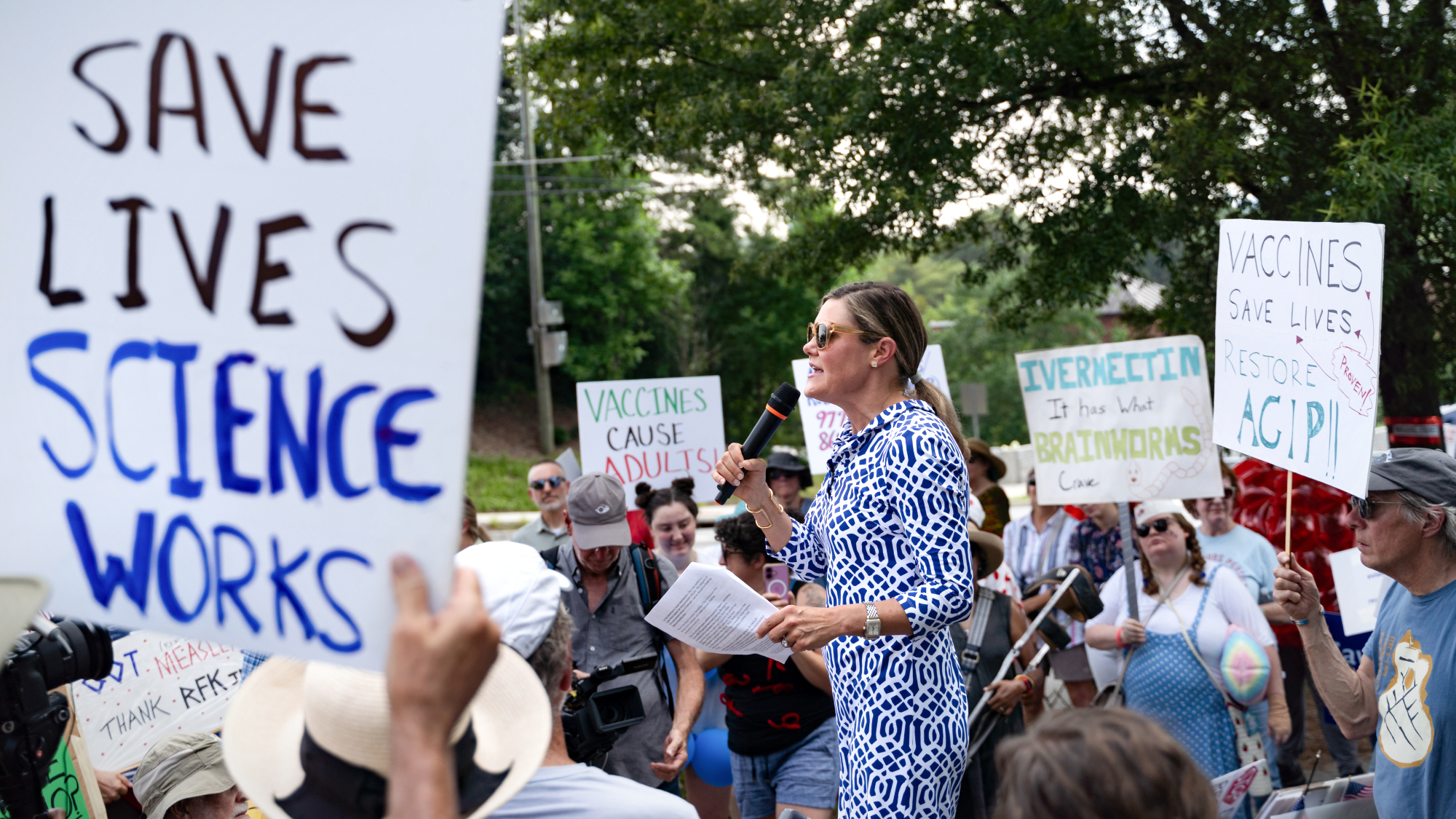 Kennedy's vaccine panel signals skepticism, change
Kennedy's vaccine panel signals skepticism, changeSpeed Read RFK Jr.'s new vaccine advisory board intends to make changes to the decades-old US immunization system
-
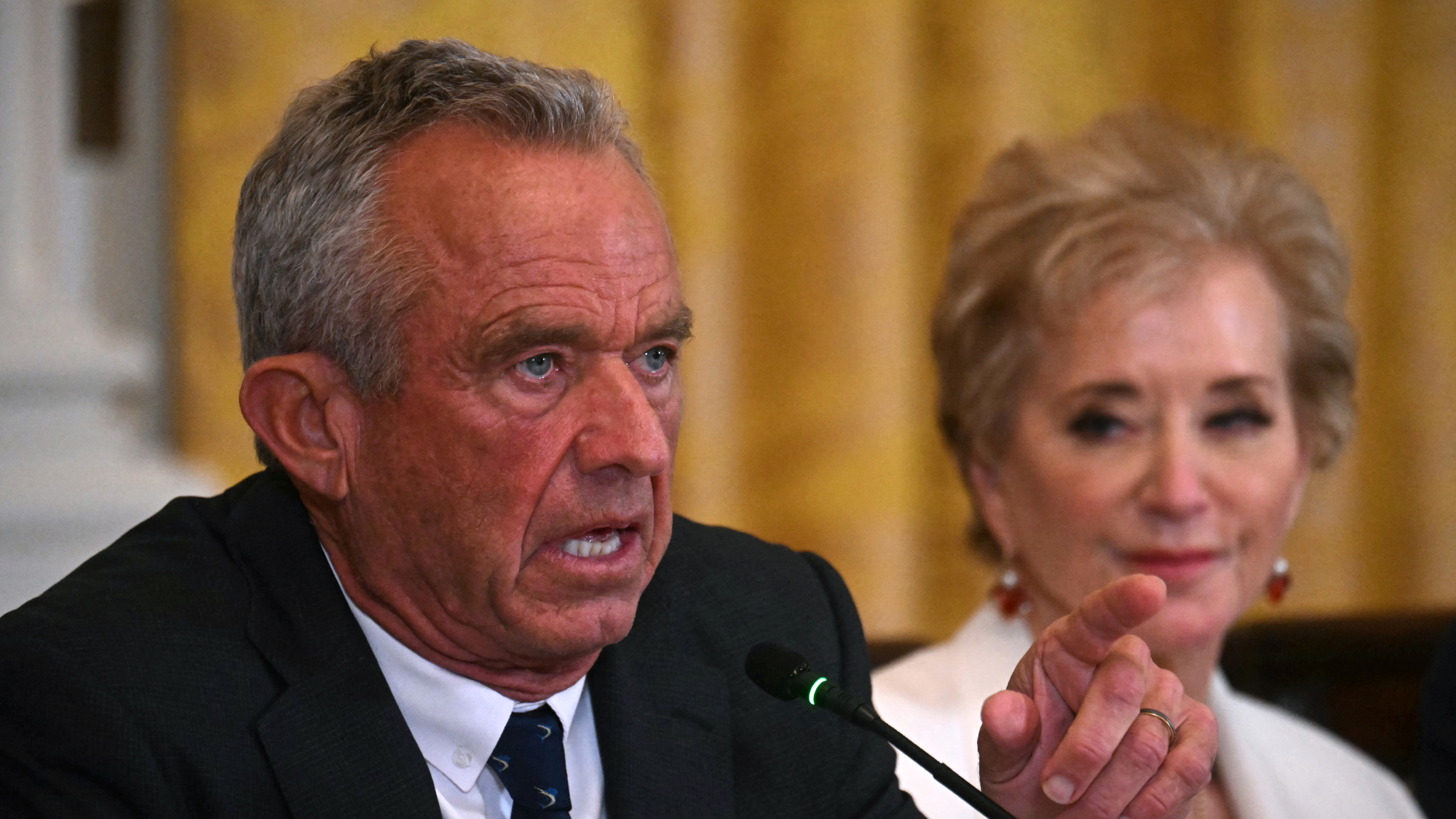 Kennedy ousts entire CDC vaccine advisory panel
Kennedy ousts entire CDC vaccine advisory panelspeed read Health Secretary RFK Jr. is a longtime anti-vaccine activist who has criticized the panel of experts
